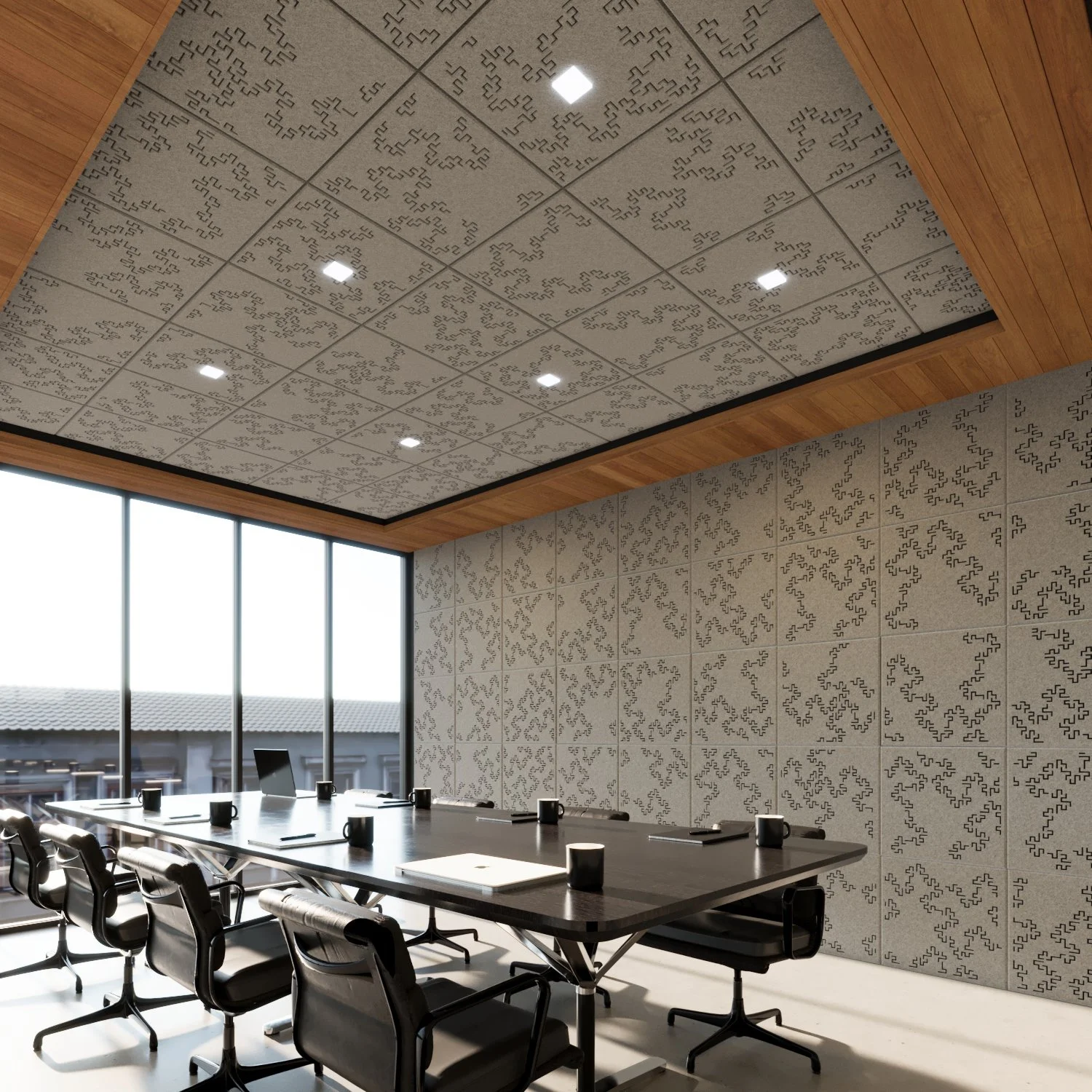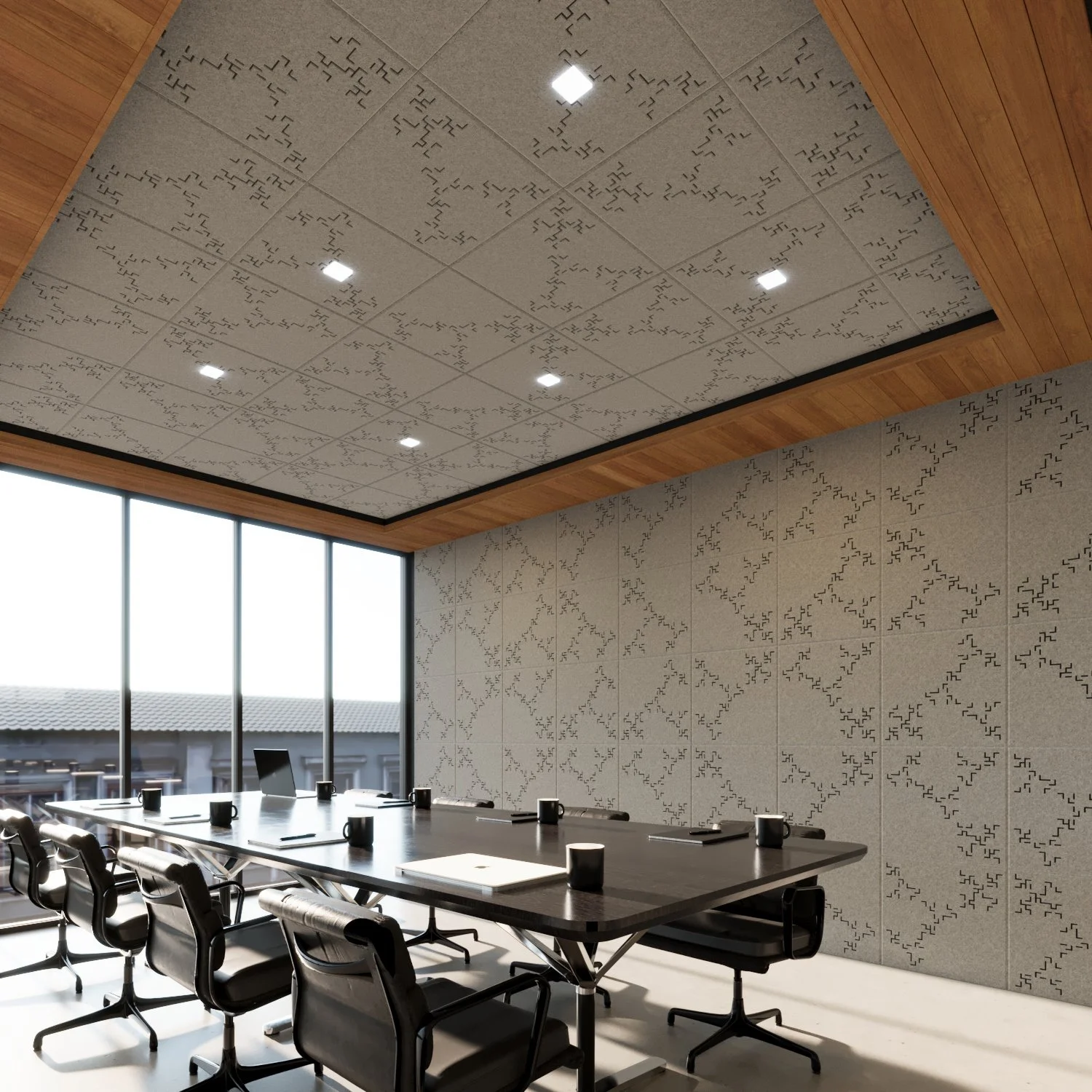The Geometry of Wellness
Fractals—complex patterns that repeat at varying scales—are not only visually captivating, they’re also deeply rooted in nature, appearing in everything from tree branches and river deltas to coastlines and leaves. Research over the past few decades has shown that exposure to fractal patterns can significantly reduce stress and promote a sense of calm and well-being.
In design for wellness, incorporating fractals is more than an aesthetic choice. It’s a science-backed strategy for supporting mental health. This response is thought to be evolutionary: our brains are hardwired to recognize and process the self-similar structures found in nature, which helps us relax and feel safe.
Incorporating fractals into design doesn't just enhance aesthetics. It nurtures well-being, making environments more humane, grounded, and emotionally supportive. In a world that often overwhelms, fractals remind us of balance, pattern, and the natural order. Reducing stress not by simplifying complexity, but by offering a complexity that feels familiar, ordered, and alive.
We have been fortunate to be able to work with two designers who have been innovators in bringing Fractals in to design.
13&9 Design and Fractals Research explore intersection of science, art, and architecture, often using fractals as a foundational language in their work. Their focus on fractal geometry reflects a commitment to creating emotionally resonant, wellness-driven environments that mimic the calming, self-organizing patterns found in nature.
Jhane Barnes who revolutionized textile design in the late 1980s by collaborating with mathematicians and computer scientists to integrate fractal geometry into her fabrics. Using custom software to generate intricate, self-similar patterns that traditional methods couldn’t replicate. Her pioneering work not only brought the visual complexity of the Mandelbrot set to fashion but also influenced the use of algorithmic patterns in design.






